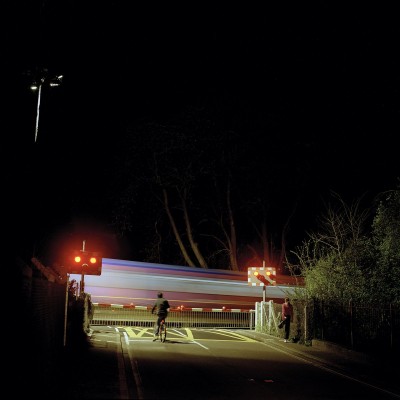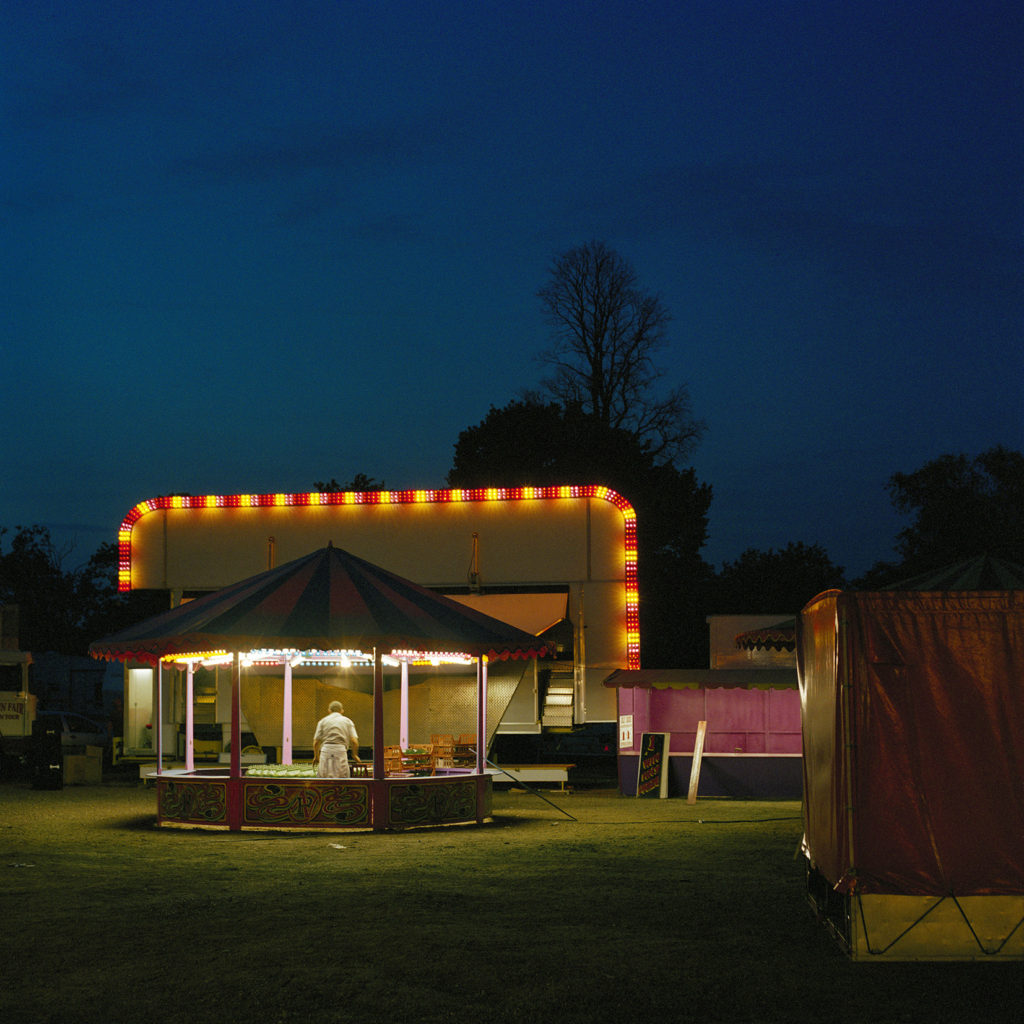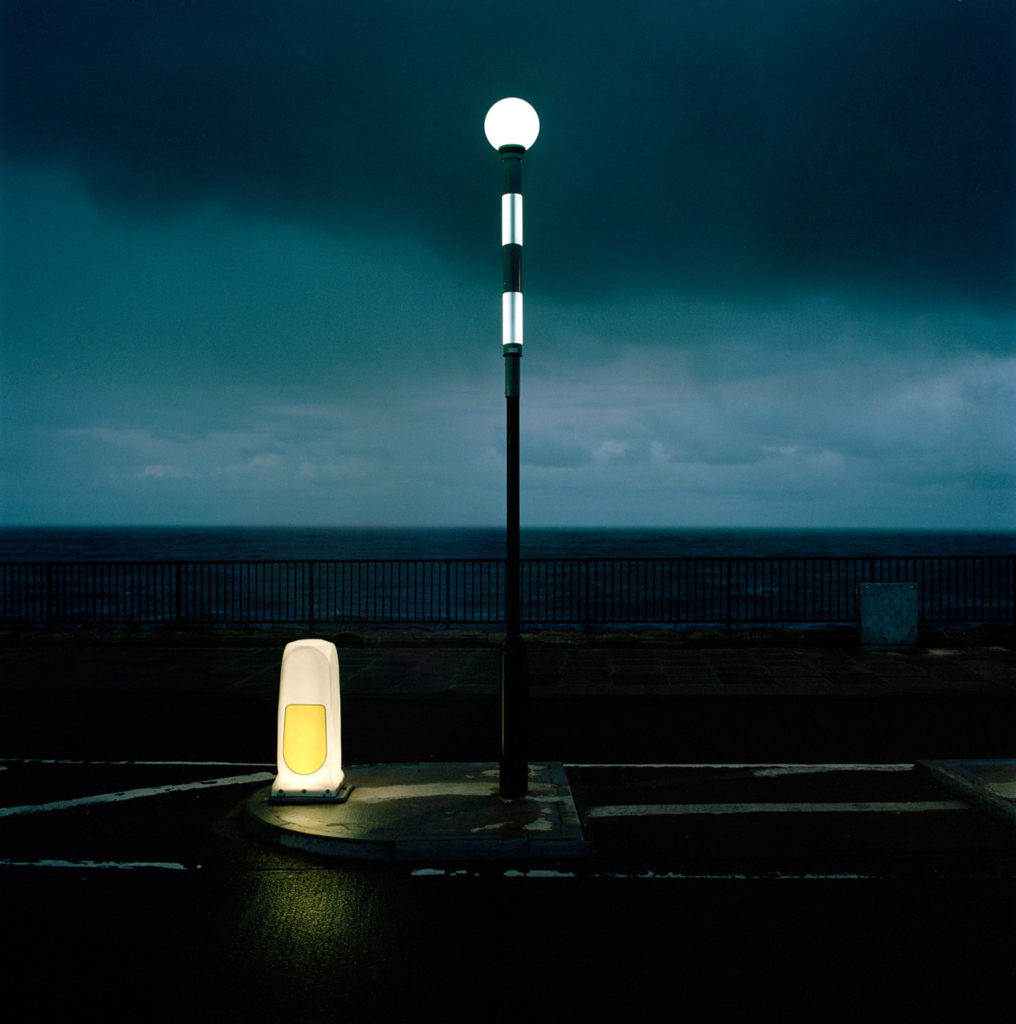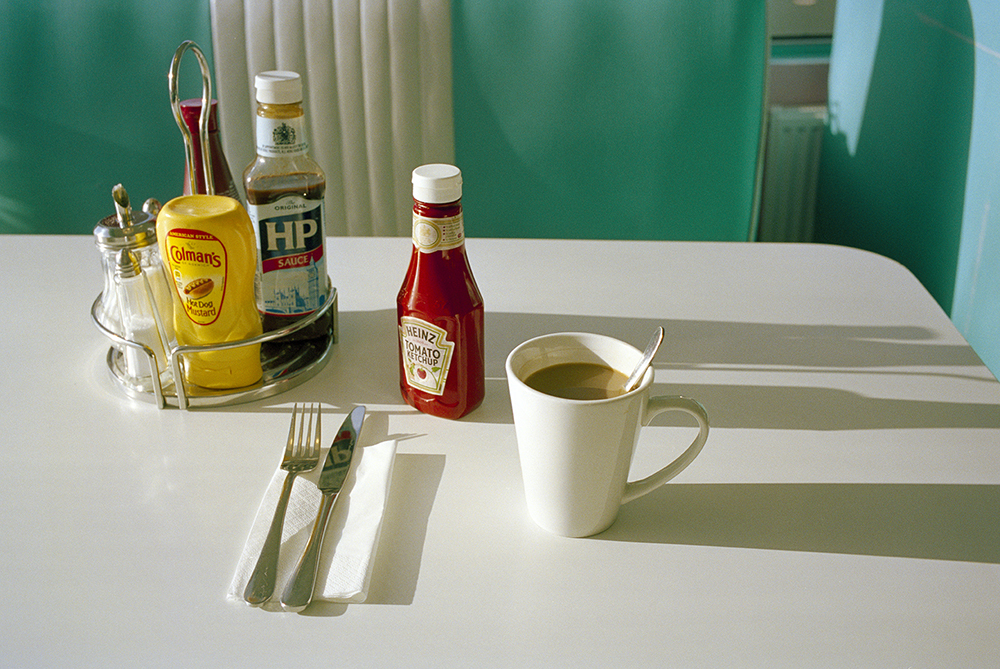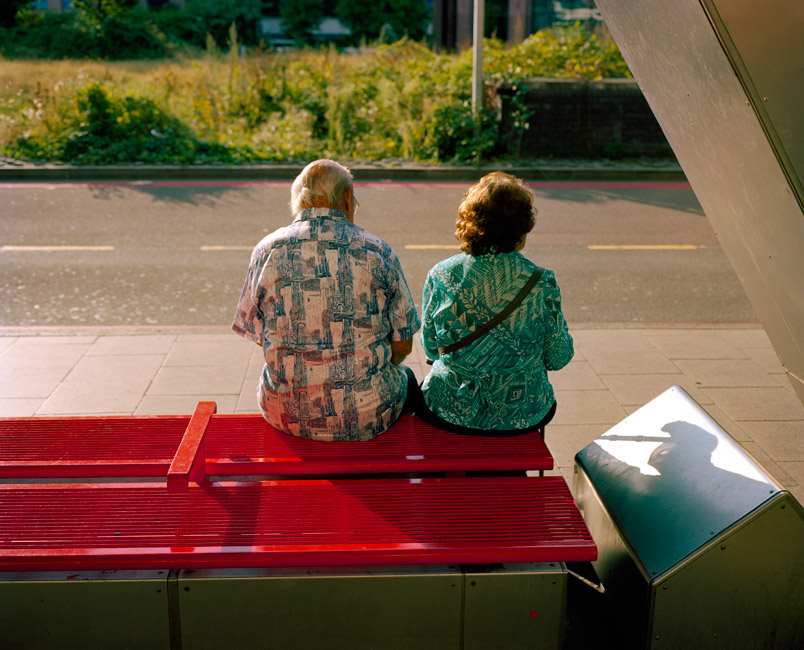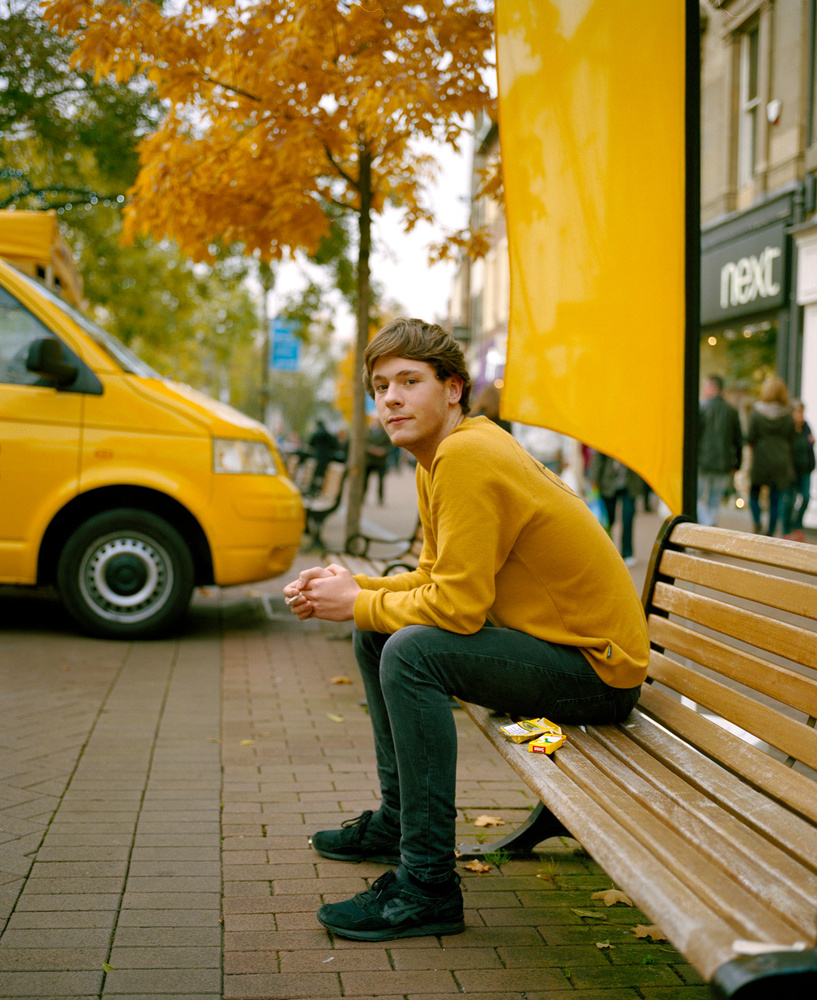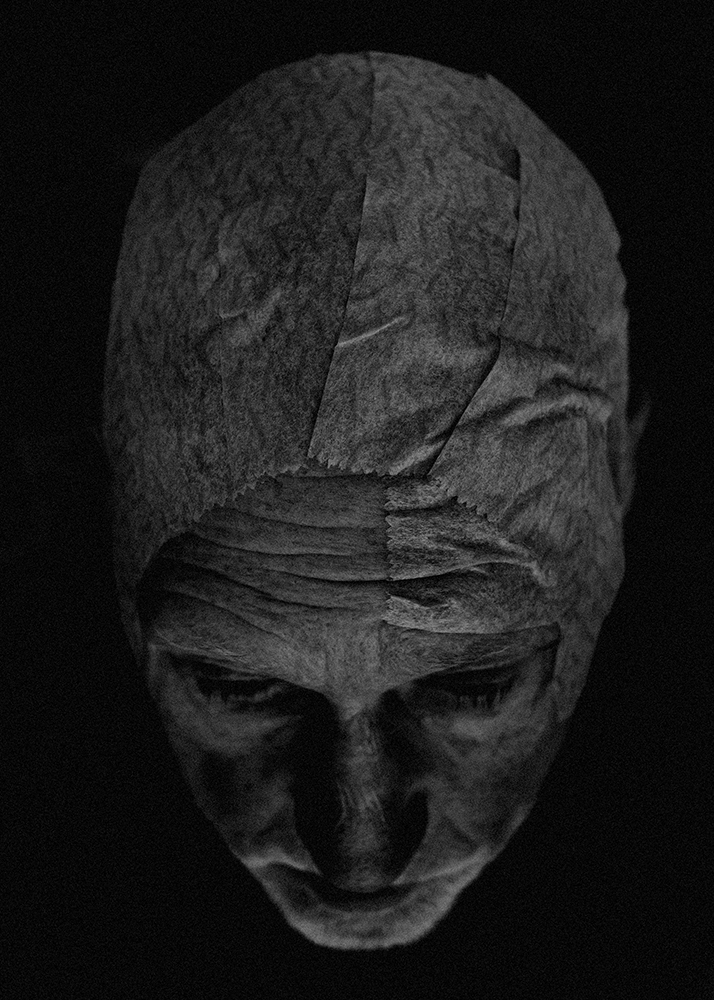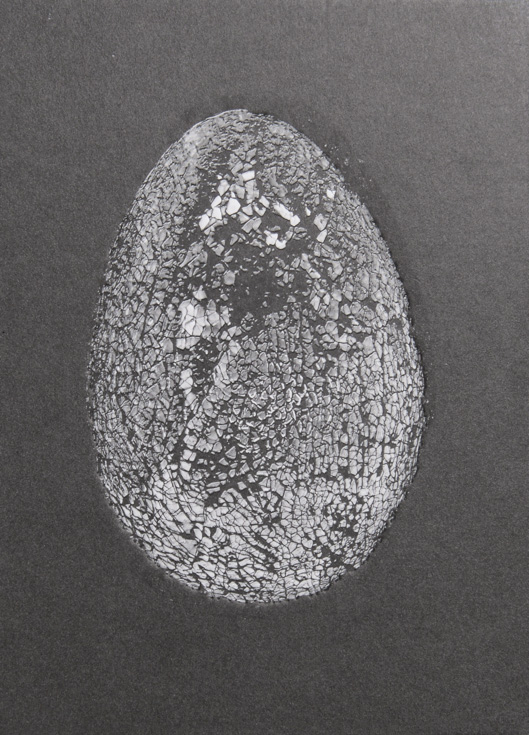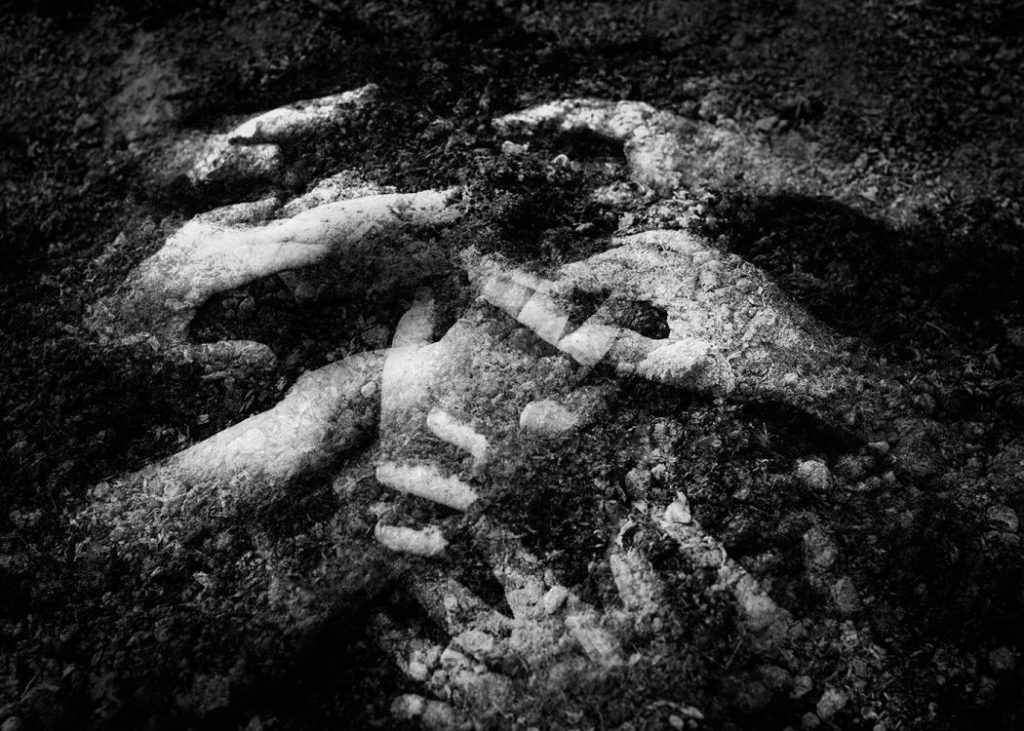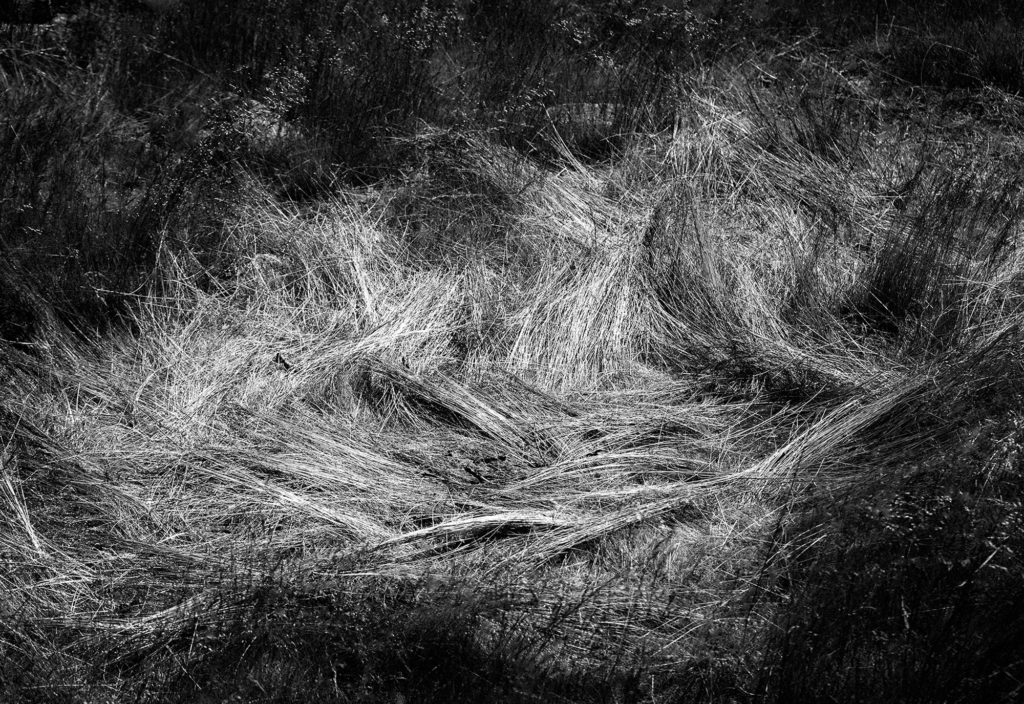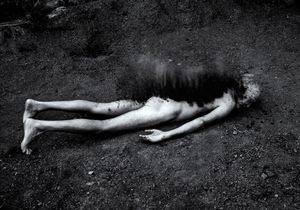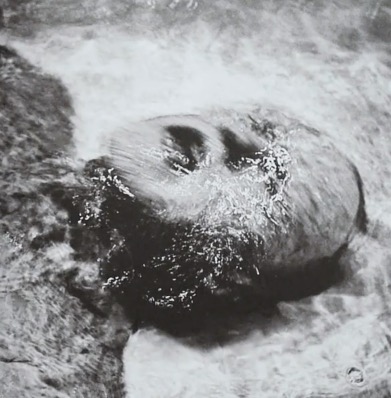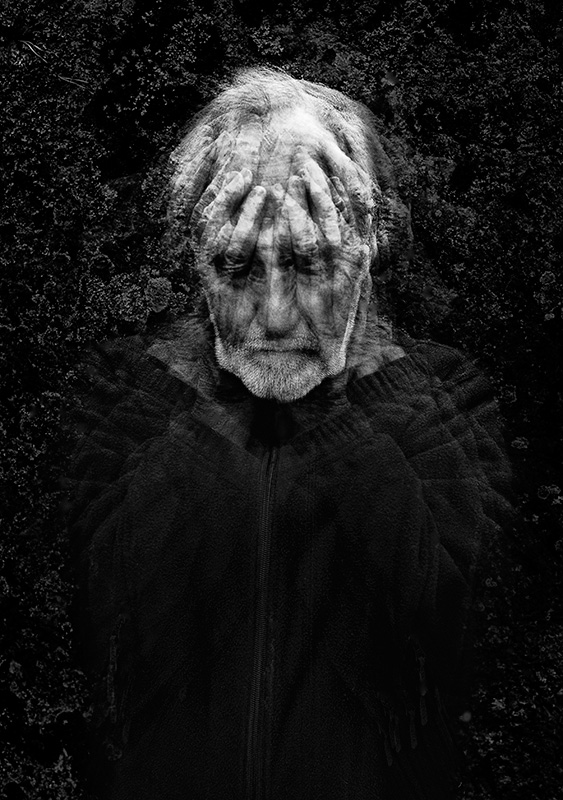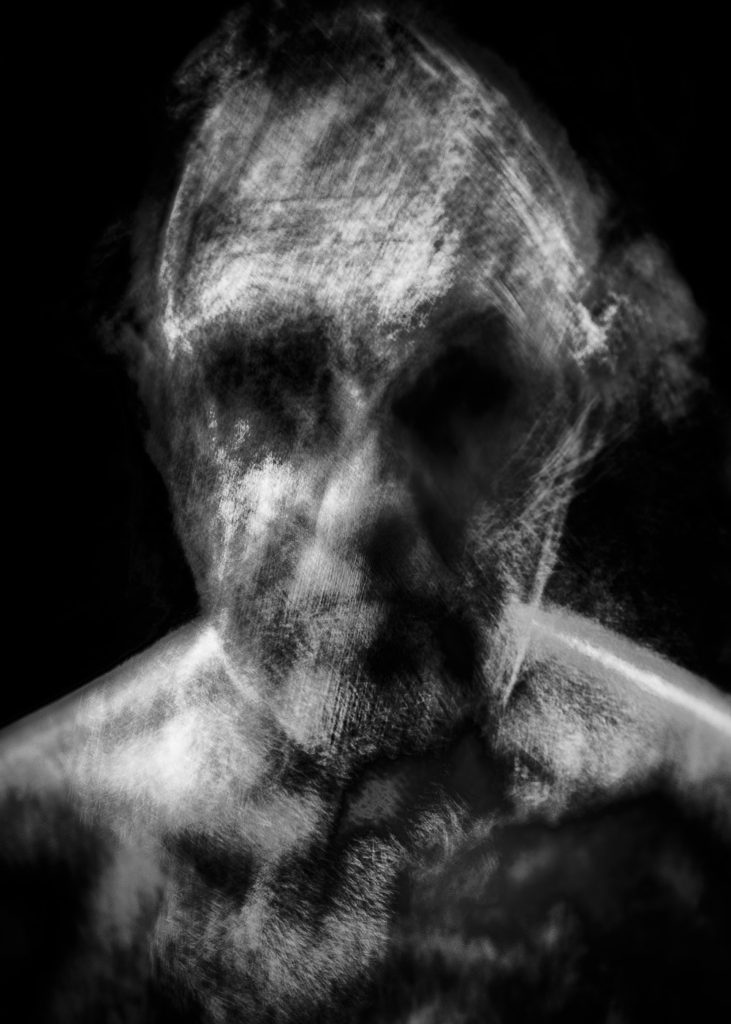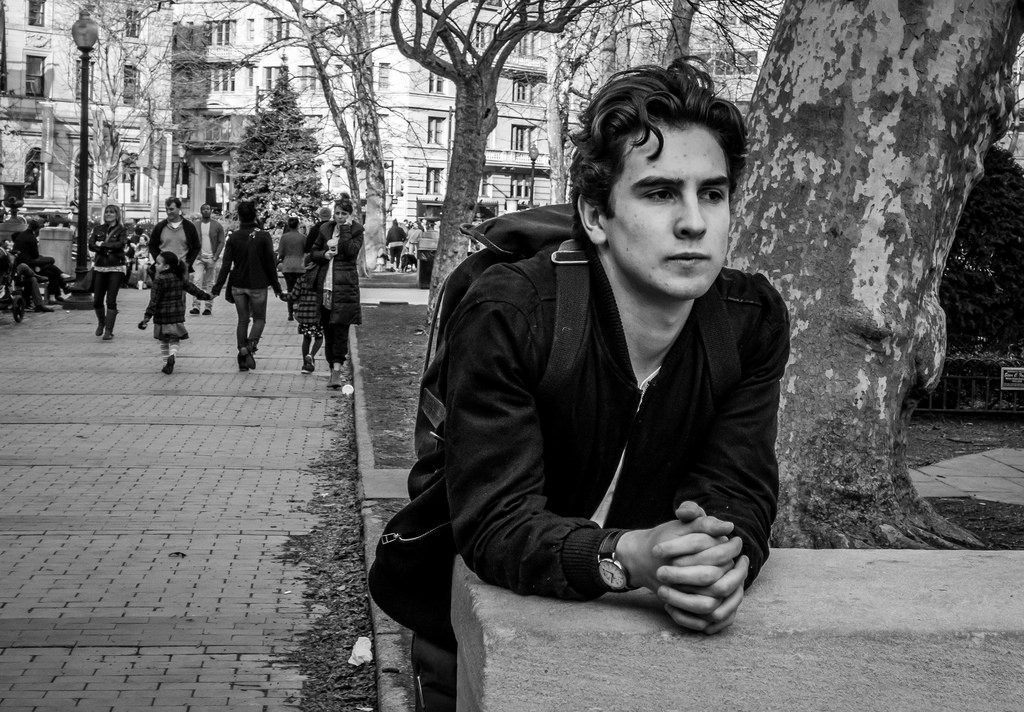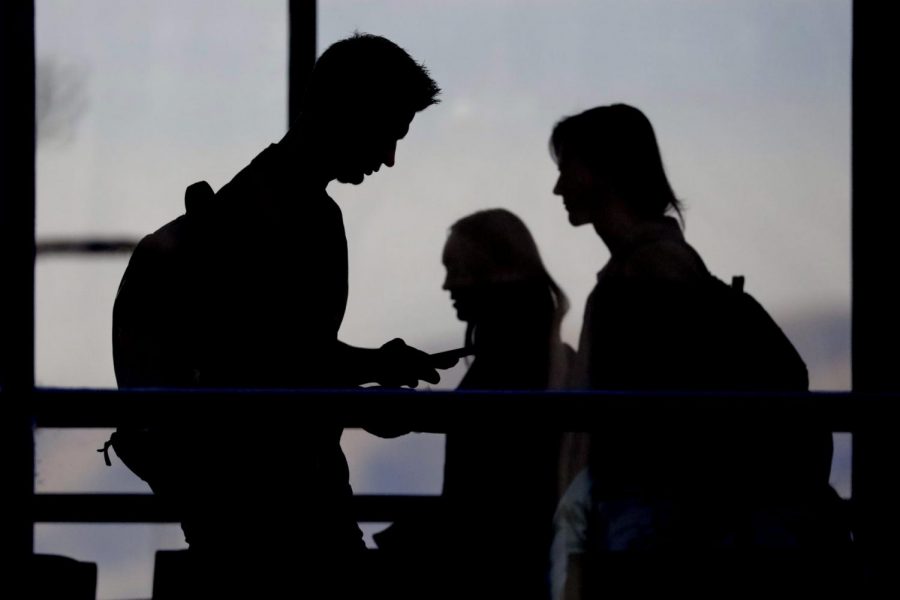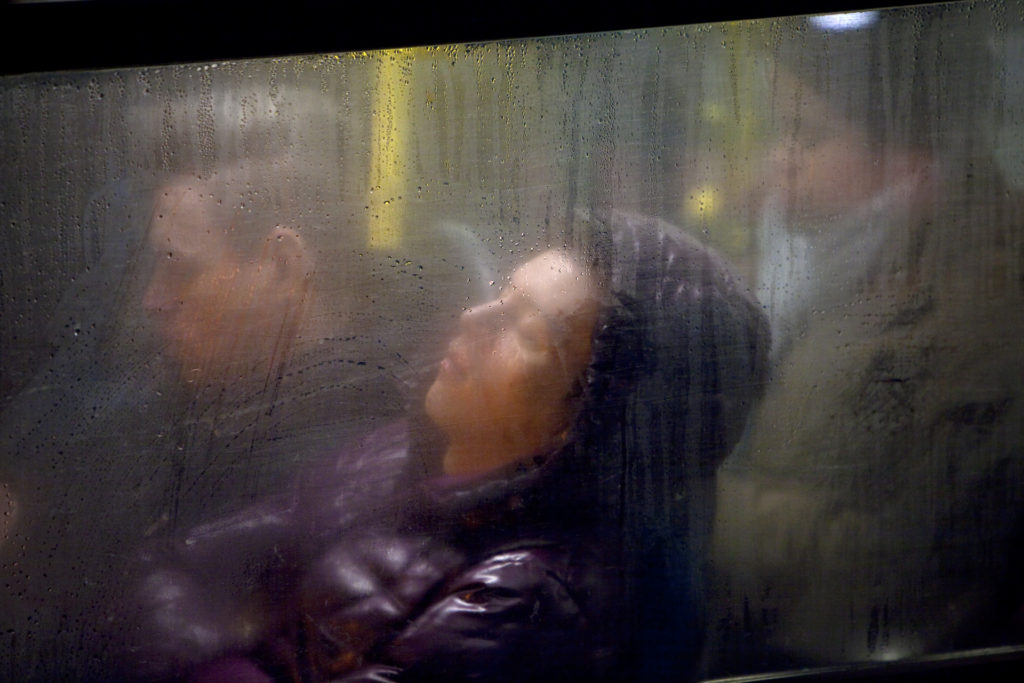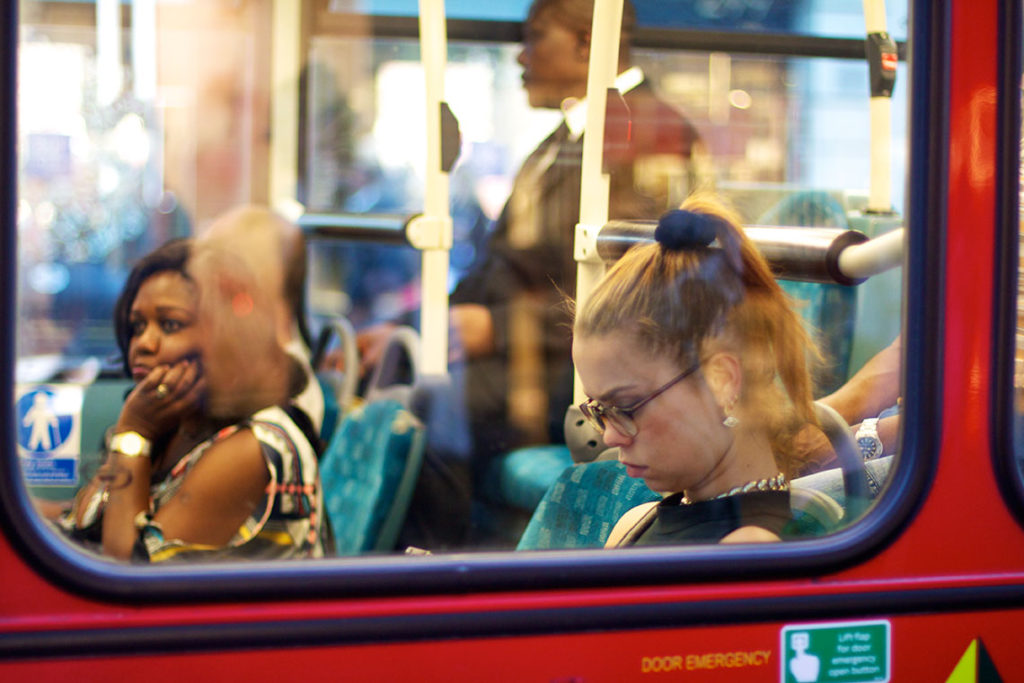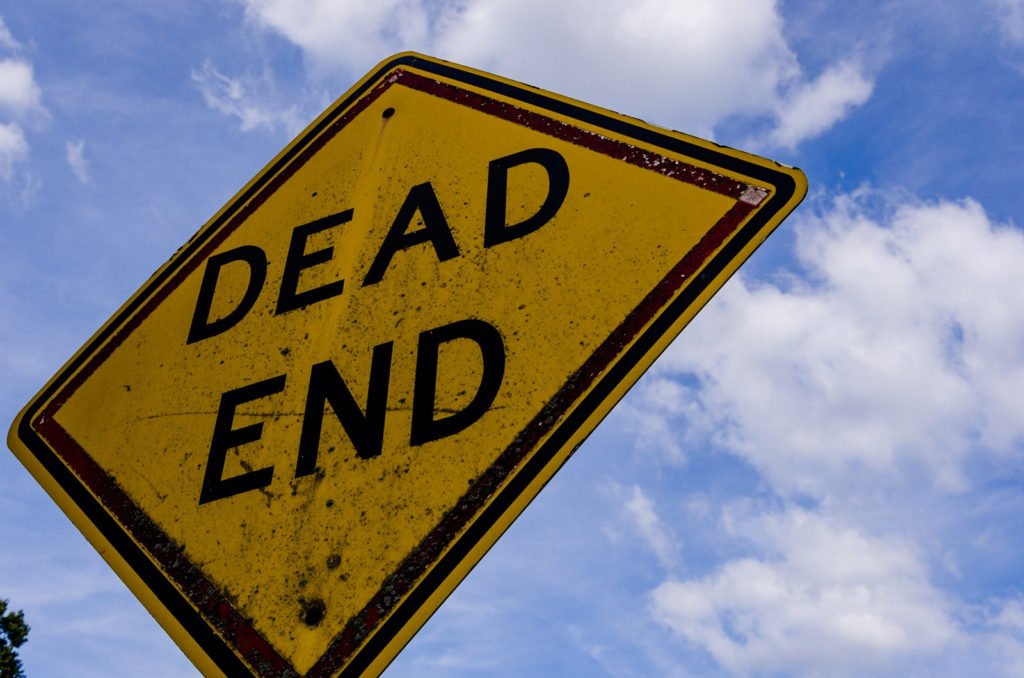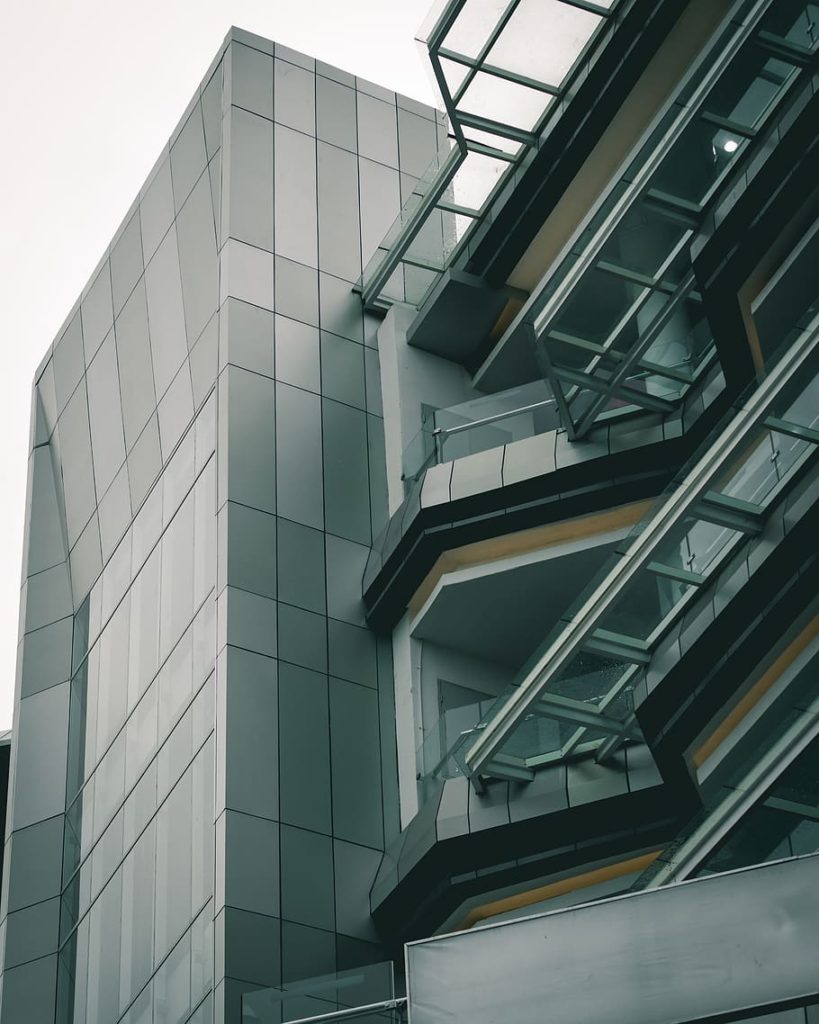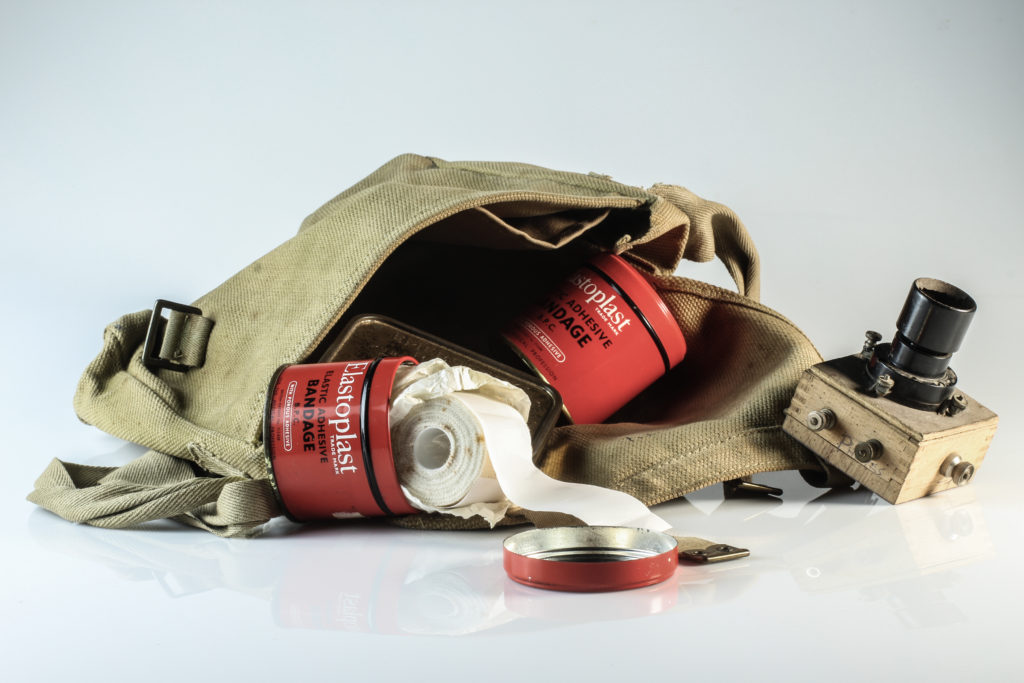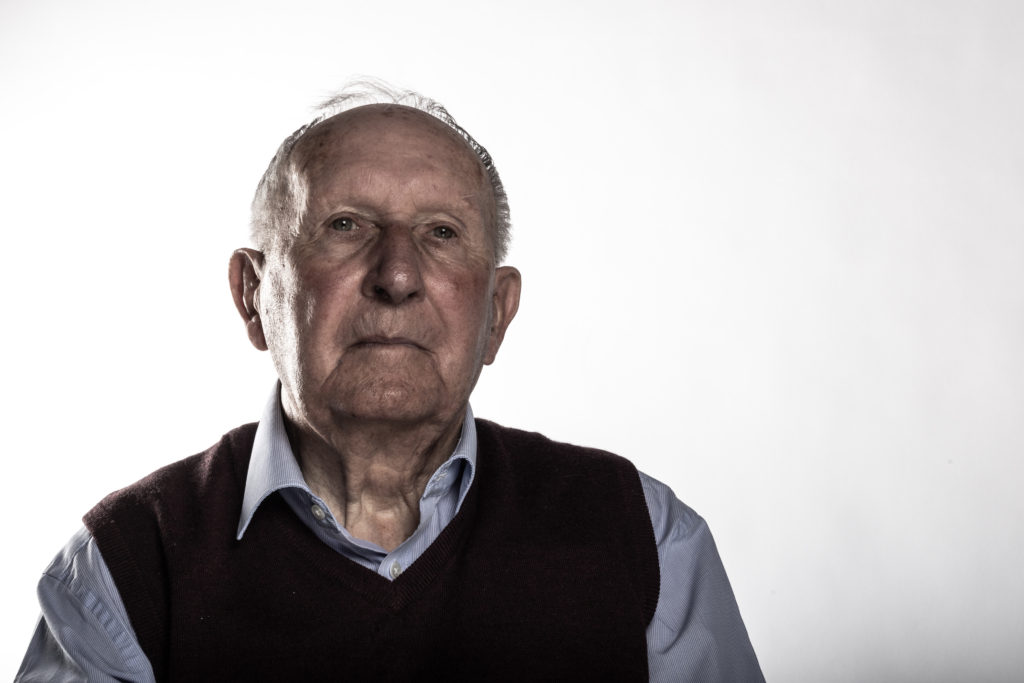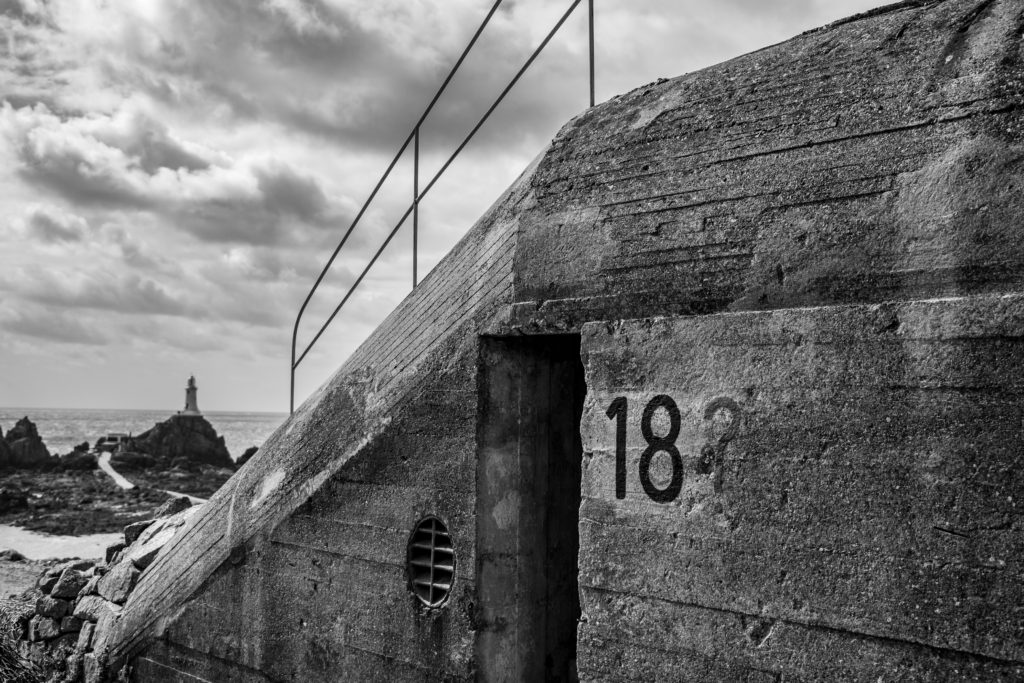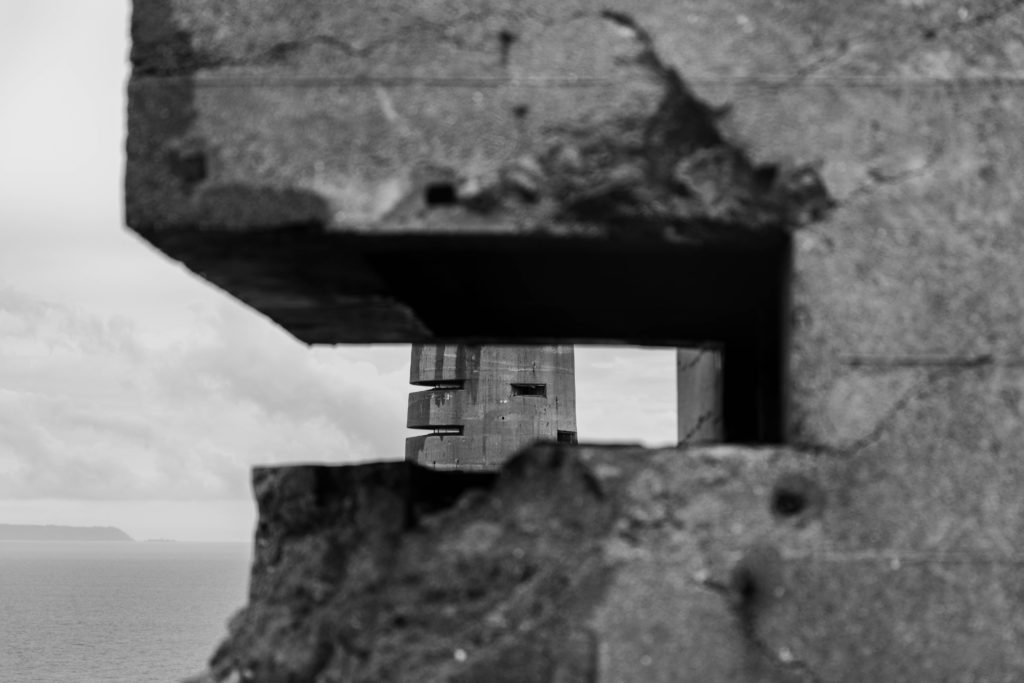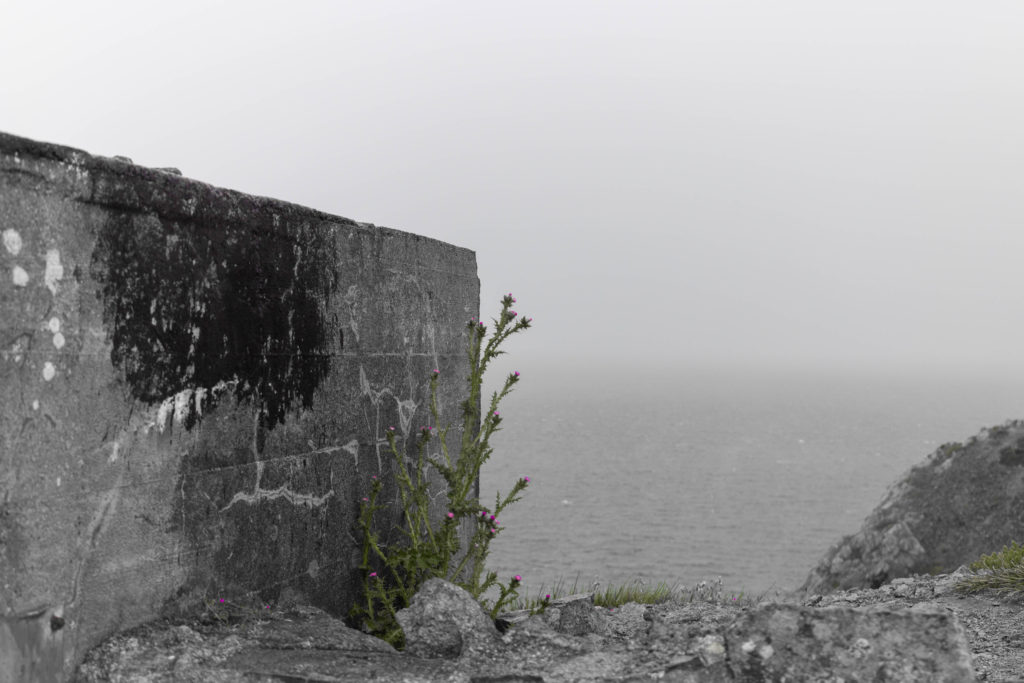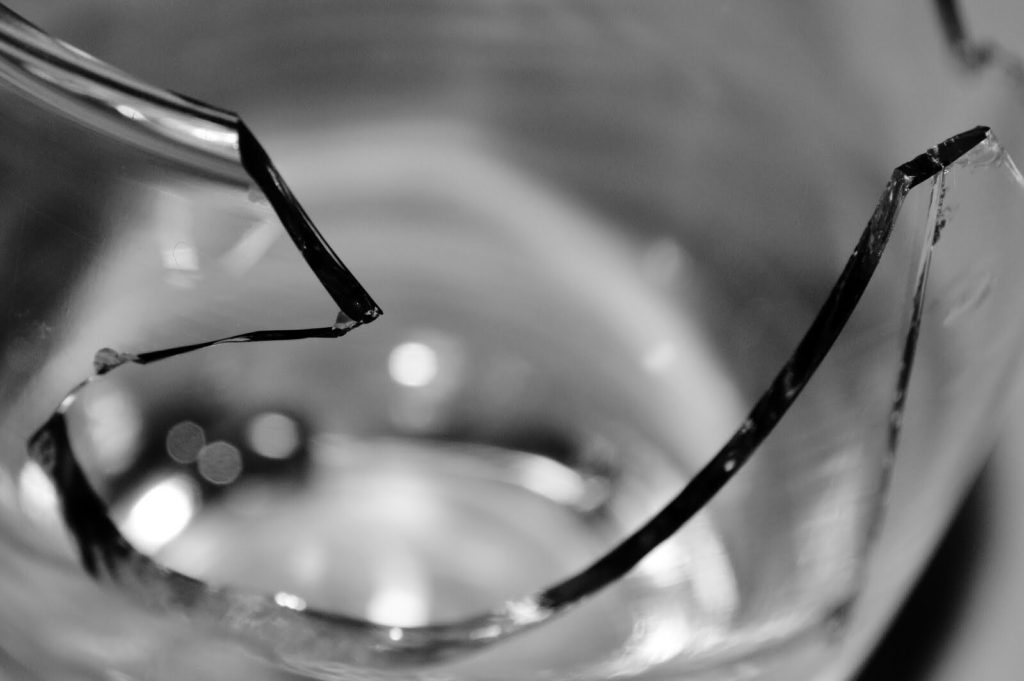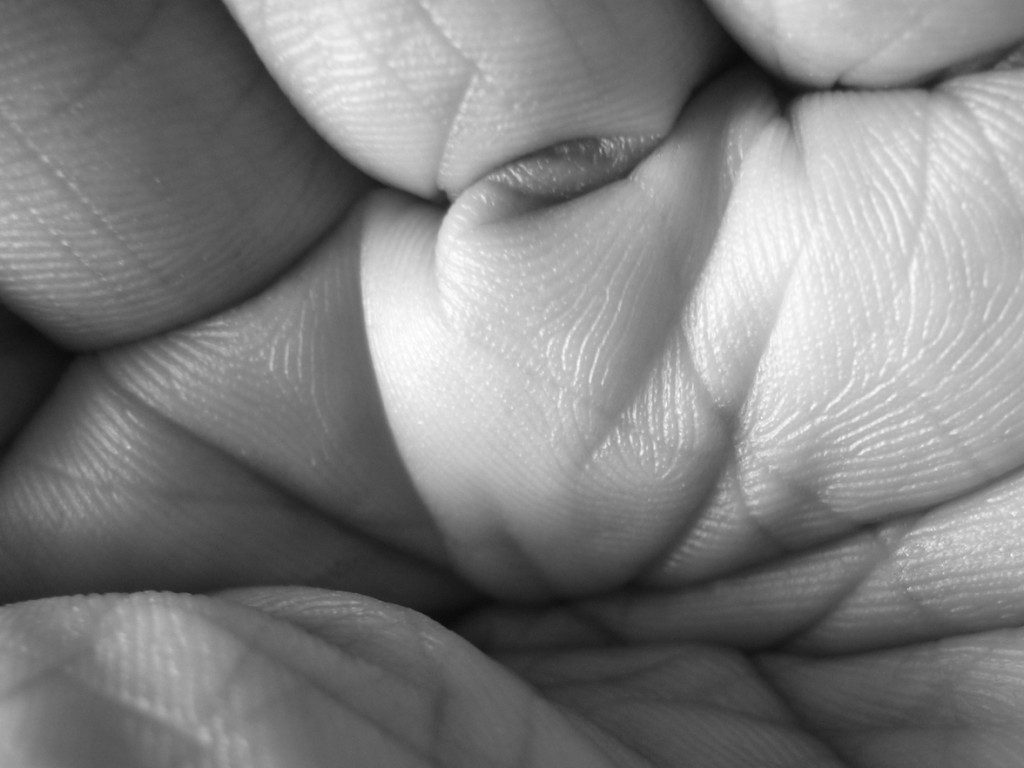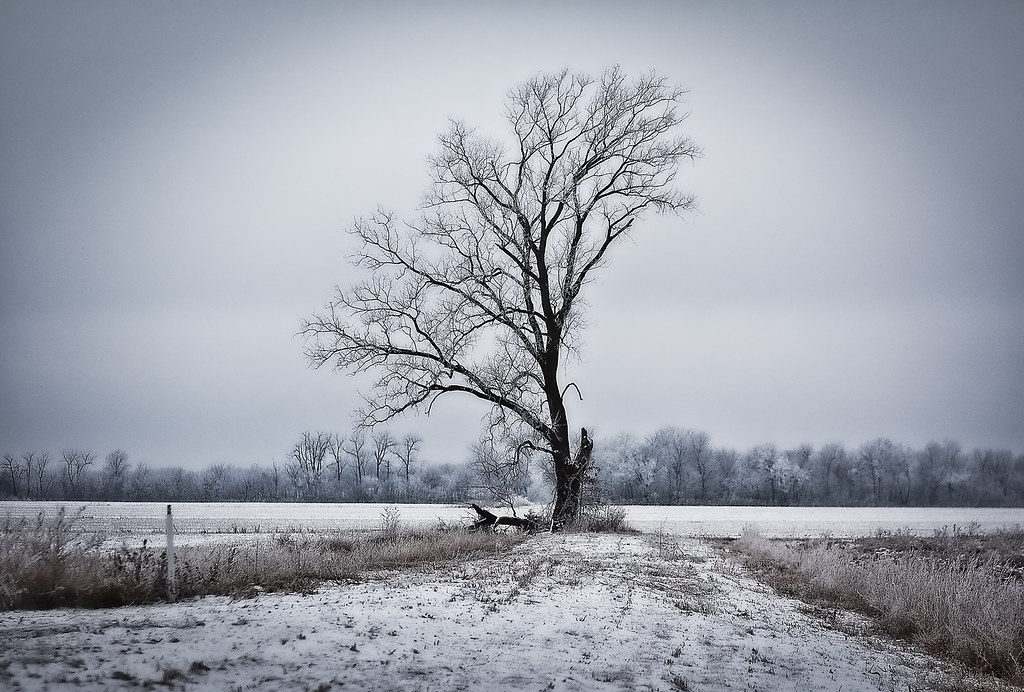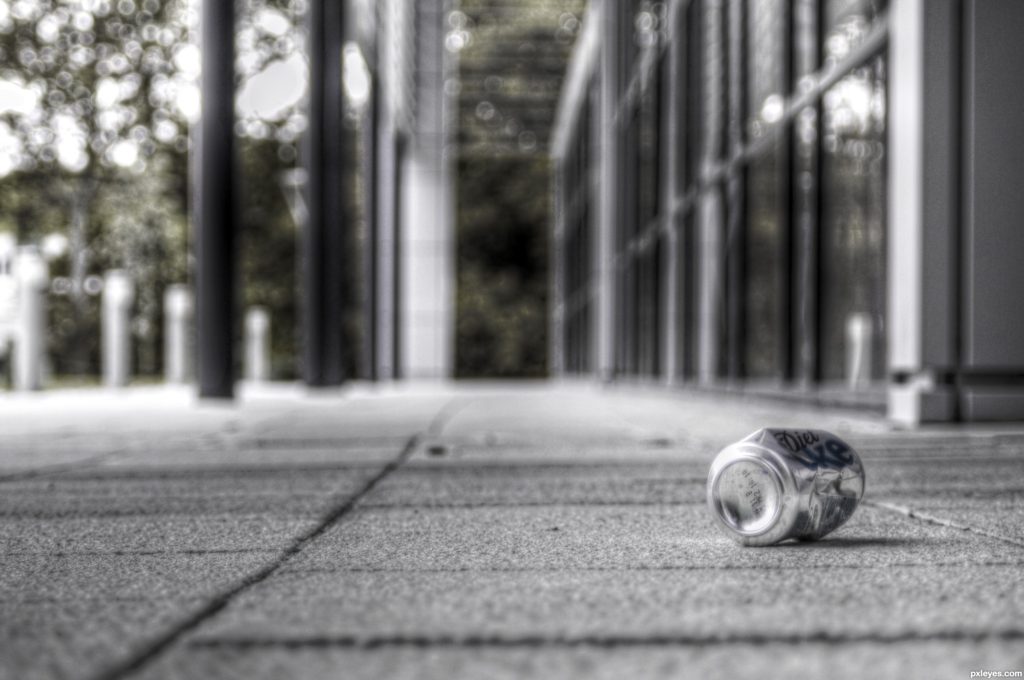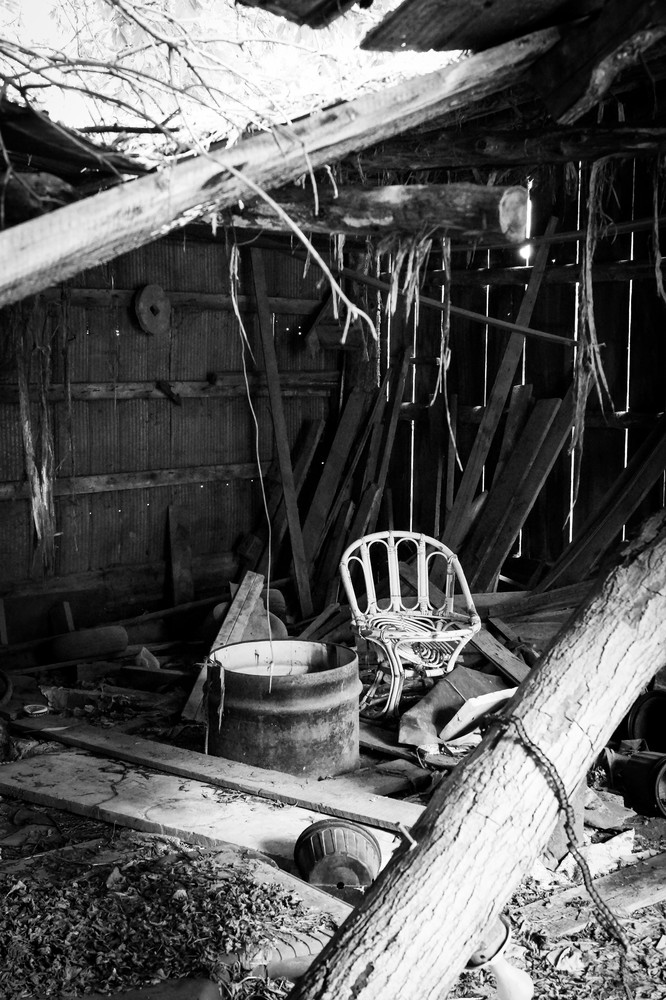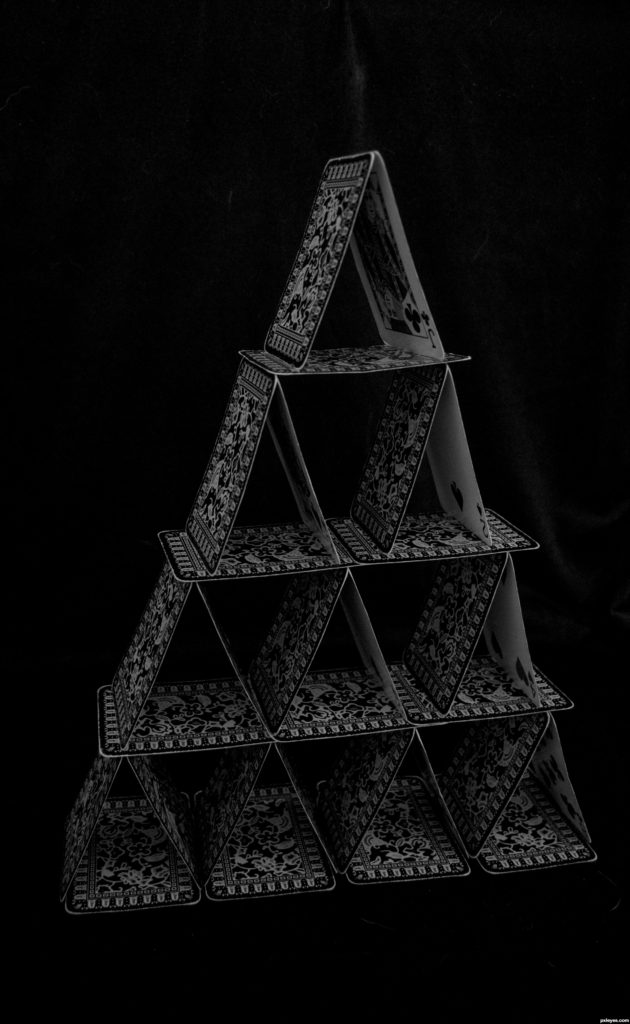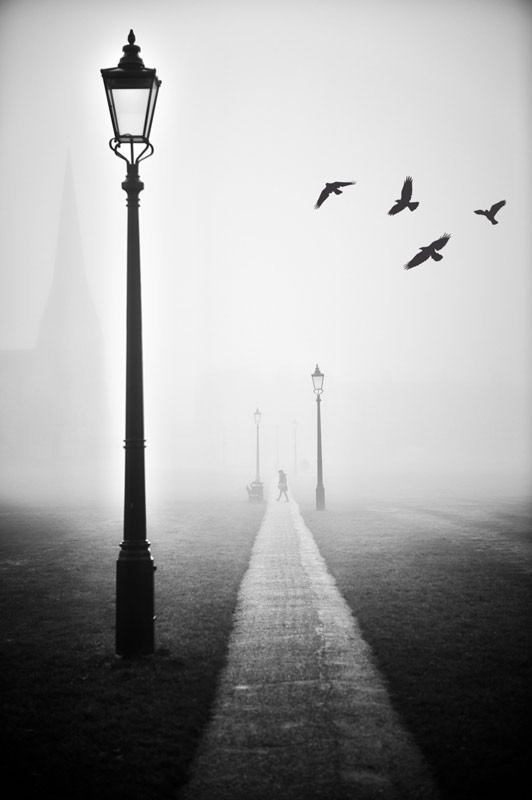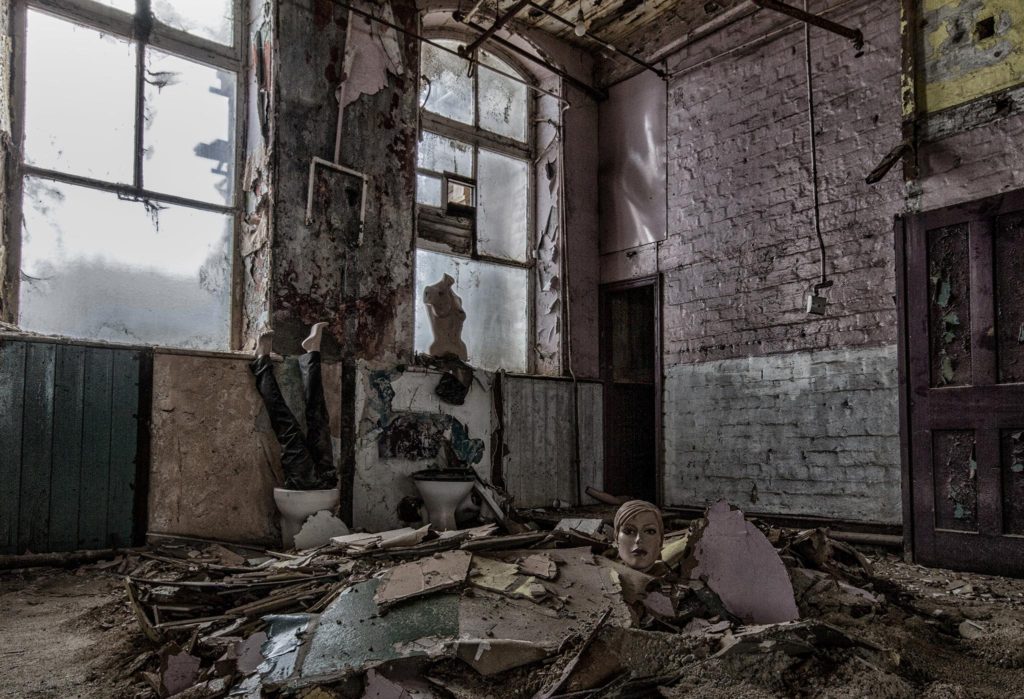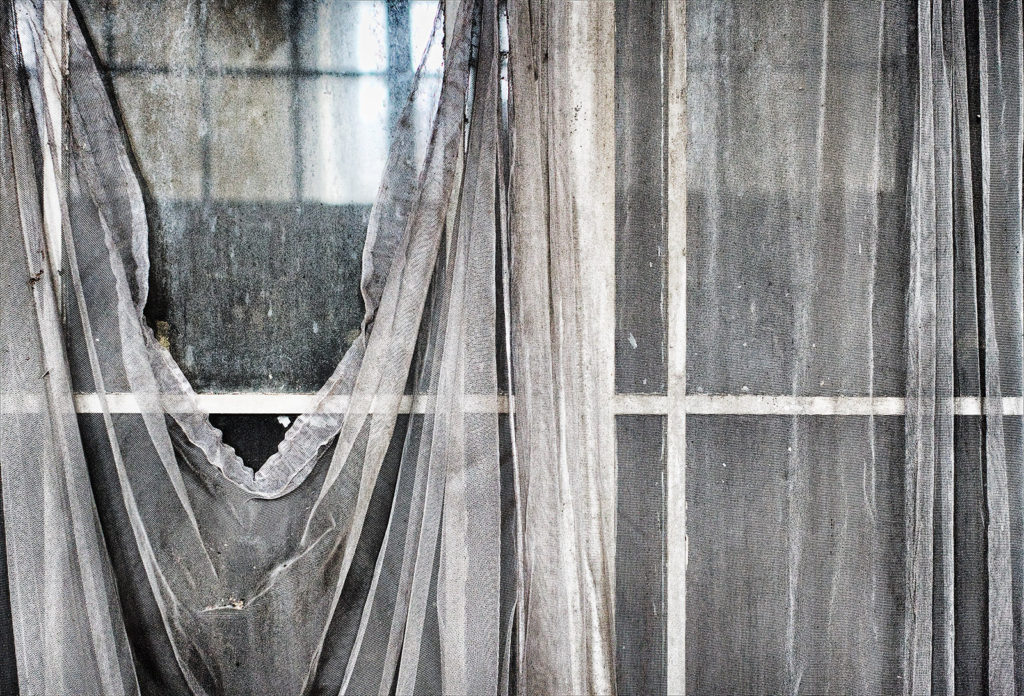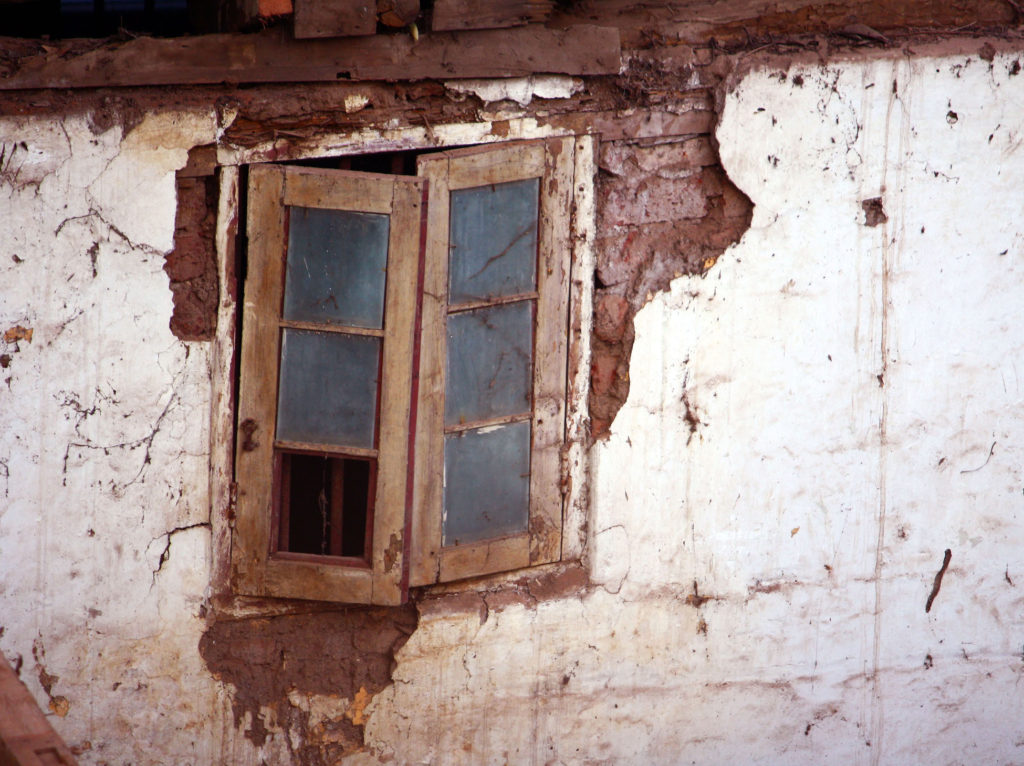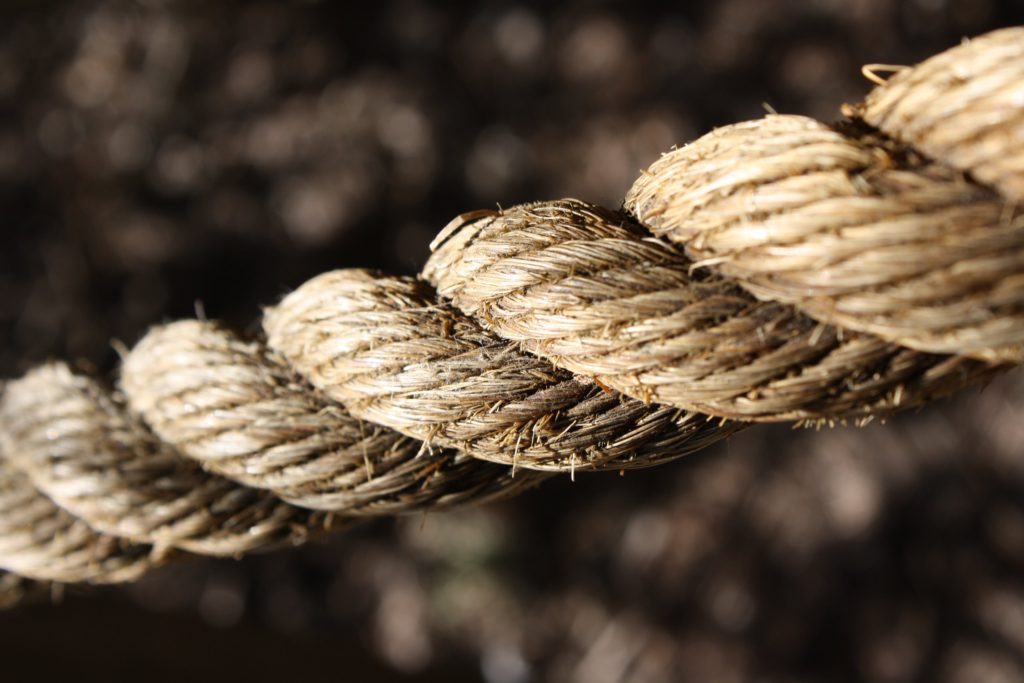How can something that doesn’t physically exist be represented through photography?
The area I will be exploring in my personal study revolves around personal experiences in mental health. However this poses an intriguing question: How can something that doesn’t physically exist be represented through photography? I will be investigating different aspects of how photography can represent things that cannot be explicitly photographed, most notably Emotions. Showing an emotion through a photograph is easy; somebody crying or looking sad is simple enough to create in an image, however it gets much more complicated when you start trying to show those simple emotions without a necessarily obvious subject.
Take for example the work of Leif Sandberg; many of his images are self-portraits, which communicates the idea of self-reflection, and despite the fact he is part of many of his images, they are never intended for him to be ‘the subject’ the way he frames and manipulates his images make the subject something more obscure, something that doesn’t exist on a physical level. Ideas such as loss, aging, life, panic attacks and death are all explored through various images made by Sandberg, with him even saying “The Ending project is not from the outside, but from inside myself.” When talking about how photography has helped him in various aspects of his life. This goes to show that in order to create emotions through photography of something that doesn’t exist, personal experience can help out with understanding how to show these emotions.
I will be exploring these concepts using a diverse range of camera techniques like multiple exposures, slow shutter speeds, the use of a remote trigger, as well as exploring different lighting setups and techniques. This subject of mental health and photographing invisible subjects links very nicely into the previously studied Occupation Vs Liberation topic, as it explores ideas of isolation and being trapped somewhere with no way to get out.

